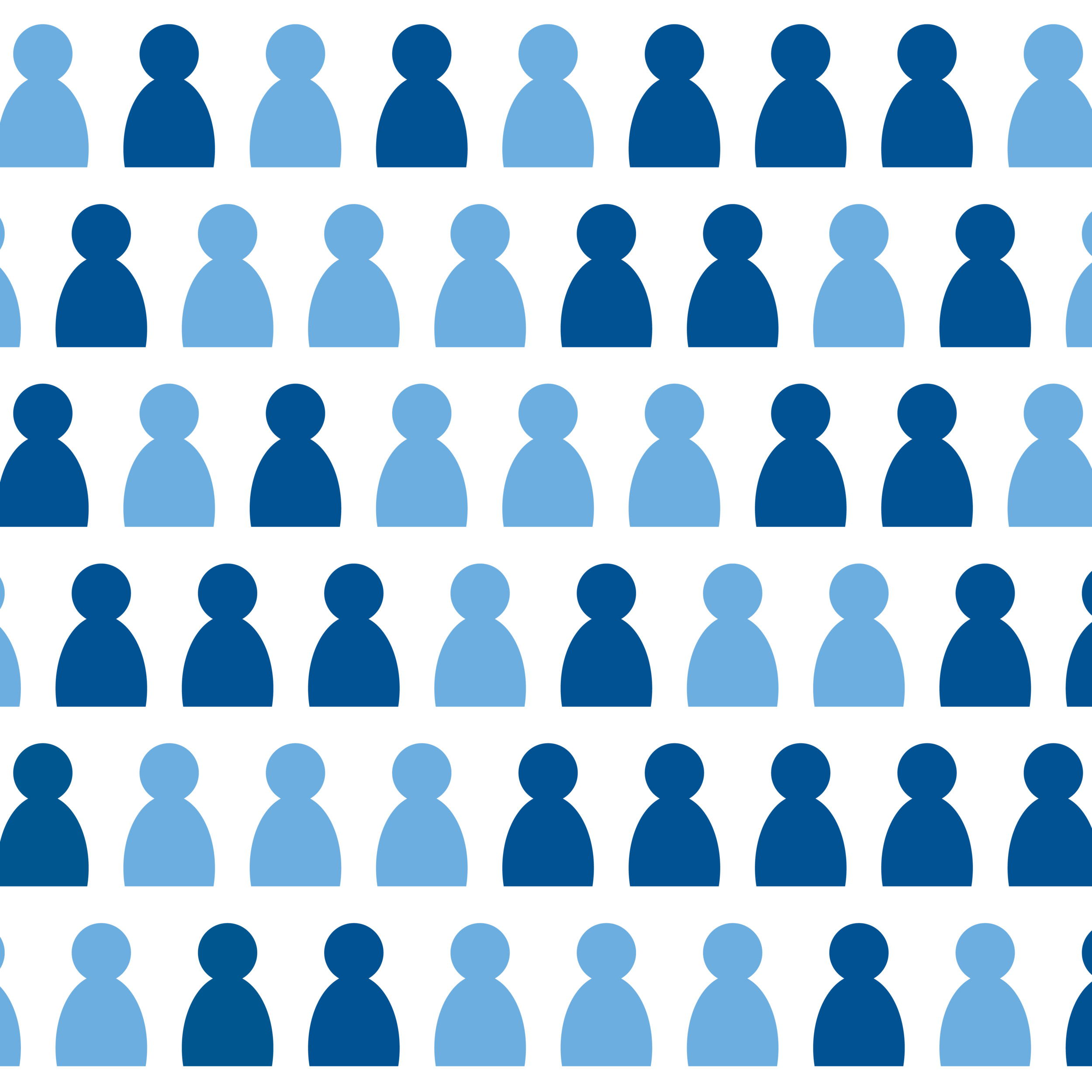
Racial and Ethnic Disparities in Paid Family and Medical Leave Access and Use
We examine the disparities in paid-leave access and use by race and ethnicity using data from four nationally representative surveys, consistently finding that Hispanic workers have lower rates of paid-leave access and use than their White non-Hispanic counterparts.

A Renter’s Tax Credit to Curtail the Affordable Housing Crisis
To address the housing affordability crisis for low-income Americans, we argue for a refundable renter’s tax credit that could reduce the poverty rate by 12.4 percentage points and the deep poverty rate by 8.8 percentage points.

Long-term Trends in Rural and Urban Poverty: New Insights Using a Historical Supplemental Poverty Measure
U.S. poverty has a strong relationship to geography. Analyzing poverty from 1967 to 2014, we find a dramatic decline in rural poverty over time. SPM adjustments in the poverty threshold for regional cost of living (lowering poverty thresholds in less expensive areas and raising them in more expensive areas) is an important factor.

Young Child Poverty in the United States: Analyzing Trends in Poverty and the Role of Anti-poverty Programs
Poverty among young children (0-5 years) has fallen since 1968 due to the safety net. Without these programs, it would be the same rate today—or higher—than in 1968. We detail changes in the US safety net over time, from almost all cash transfers to its current mix of cash, tax credit, and in-kind transfers.

Poverty among Foster Children: Estimates Using the Supplemental Poverty Measure
Official poverty statistics do not include foster children. We provide the first large-scale, national estimates for poverty among foster children from 1992 to 2013, finding that foster children have a lower risk of poverty than other children, likely due to income supports such as foster care payments.

Trends in Child Poverty by Race/Ethnicity: New Evidence Using a Historical Supplemental Poverty Measure
Our improved historical version of the Supplemental Poverty Measure provides the first estimates of racial and ethnic differences in child poverty from 1970 to the present.

Incorporating Geographical Differences in the Cost of Living Using the Supplemental Poverty Measure
We built the first historical SPM time series from 1967-2014 that adjusts poverty thresholds for cost of living. Geographic adjustments increase poverty rates in metro areas, the Western states, and among Latinos and decrease poverty rates in non-metro areas and the South.

Progress on Poverty? New Estimates of Historical Trends Using an Anchored SPM
We explore historical trends in poverty using an absolute, or anchored, SPM threshold—setting the poverty threshold at the 2012 SPM level. While official statistics show poverty rates to be fairly flat over time, our historical analysis reveals poverty rates have dropped 40% since the 1960s due to government policies.

Trends in Child Poverty Using an Improved Measure of Poverty
Our re-examination of child poverty rates from 1967 and 2012 using our historical SPM reveals young children have the highest rates of poverty both historically and today. However, long-term poverty trends are more favorable than official statistics would suggest when government policies and programs are more fully accounted for.

Trends in Deep Poverty: The Influence of Family Structure, Employment Patterns, and the Safety Net
We use our historical SPM to examine the changing face of deep poverty in the United States over the past 50 years. We find government transfers reduce the risk of deep poverty for all population groups examined and the ways in which the significance and role of government programs have changed over time.

Waging War On Poverty: Historical Trends In Poverty Using The Supplemental Poverty Measure
Our historical SPM poverty estimates reveal poverty trends from 1967 to 2012 to be more favorable than previously understood. Government policy has played an important and growing role in reducing overall poverty—and child poverty and deep poverty in particular—especially during economic downturns.
